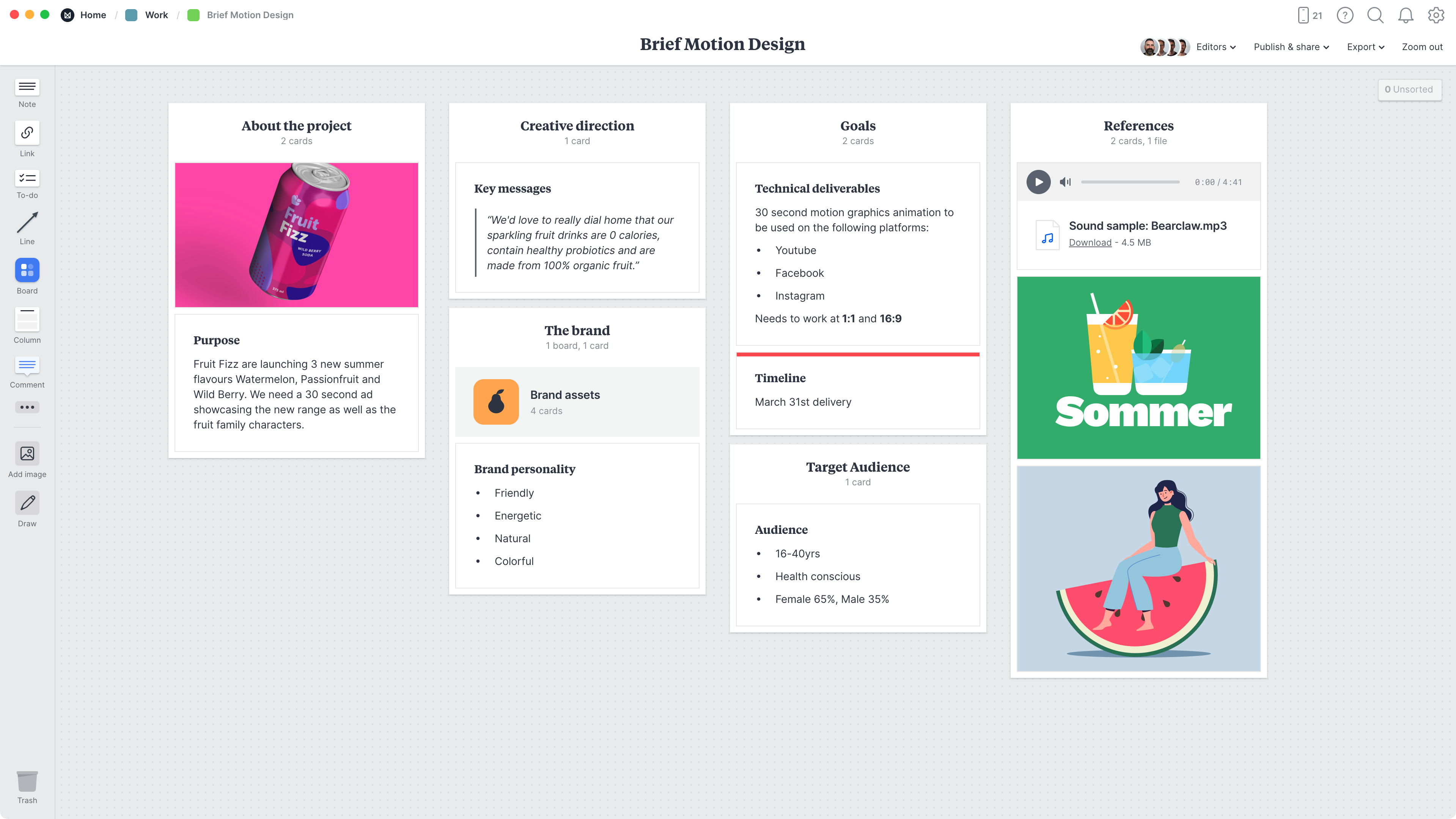
Narrative: Are interactions and the motion behaviors they trigger tied to a logical progression of events that satisfies user intent?.Continuity: Do interactions produce consistent motion behaviors throughout the user experience?.Expectation: When users interact with UI elements, what motion behaviors do they expect to see? Does motion meet the expectation or cause confusion?.Motion design must support usability in four distinct ways. ( Vitaly Rubtsov) Motion Supports Usability ( Stan Yakusevich) Non-real-time interactions: After interaction, users must briefly wait and watch motion behaviors. Real-time interactions: Motion behaviors immediately respond to user input. Non-real-time interactions occur after user input, meaning that users must briefly pause and watch the resulting motion behavior before continuing.

In other words, motion behaviors respond instantly to user input.

One of the more illustrative examples is the 10 Principles of Motion Design, a Disney adaptation by animation expert Jorge R. They empower drawn characters to move and emote, but they don’t adequately address the interactive motion needs of modern user interfaces.Ĭontemporary designers have attempted to bridge this gap.

The Disney principles distill the essential laws of physical motion for the sake of animated storytelling. Their 12 Basic Principles of Animation remain influential in motion graphics for film, television, and digital content. Frank Thomas and Ollie Johnston were among Walt Disney’s most valued animators and key contributors to classics like Pinnochio, Bambi, and Fantasia. The marriage of motion design and UX is relatively new, but its roots are in Disney. If motion is to enhance the usability of digital products, it must be founded on unchanging rules of behavior that apply to an infinite number of use cases. Tools and techniques are essential, but they derive their power from principles.

#Motion design animation software#
Define points on a predetermined path, and software tweens the gaps. In theory, making UI elements move is easy. Something as simple as a card sliding onto the screen looks awkward. Just ask anyone who’s animated UI elements for the first time. In the realm of digital product design, it would seem that motion is second nature, an extension of the everyday to be leveraged with little effort. Even in still moments, leaves tremble and lungs expand. It is a compelling force that bolsters product engagement and extends the reach of design communication. In the context of user interfaces, motion is more than a visual garnish. Motion has a profound impact on the user experience of digital products, but if interface elements don’t exhibit basic motion design principles, usability is undermined.


 0 kommentar(er)
0 kommentar(er)
